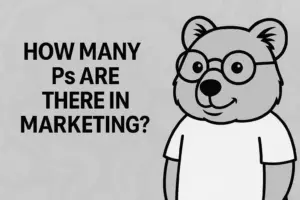
How Many Ps Are There in Marketing? From 4P to 10P Explained
Whether you’re launching a product, refining your positioning, or planning your next campaign — your marketing strategy needs structure. Without a clear framework, it’s easy to get lost in ideas, channels, and metrics that don’t connect to actual business value.
This is where the famous “Ps of marketing” come in. These canvas-style models — from the classic 4P to the extended 10P — help marketers organise their thinking, align teams, and ensure that no critical area of the customer journey is overlooked.
In this article, we’ll walk through how many Ps there really are (and why that number keeps growing), when to use which model, and how to apply them in an Australian business context. Whether you’re a startup or a national brand, this guide will help you choose the right mix — and use it with purpose.
Table of Contents
- Introduction: Why We Keep Adding More Ps
- The Classic 4 Ps of Marketing
- Beyond the Basics: The 7 Ps of Marketing
- The Extended List: 8, 9, and 10 Ps
- 4P vs 7P vs 10P: Which One Should You Use?
- Examples of Ps in Action (Australian Context)
- Do You Need More Ps in Your Marketing Strategy?
- Conclusion: The Ps Are Just a Starting Point
1. Introduction: Why We Keep Adding More Ps
You’ve likely heard of the famous “4 Ps” of marketing, but over time, marketers have added more Ps to keep up with changing consumer behaviours and complex service-based economies. Today, depending on who you ask, there could be 4, 7, 8, or even 10 Ps of marketing.
This evolution isn’t just academic — it reflects the practical need for more nuanced tools to build effective strategies, especially in dynamic markets like Australia where services dominate and customer experience is key.
2. The Classic 4 Ps of Marketing
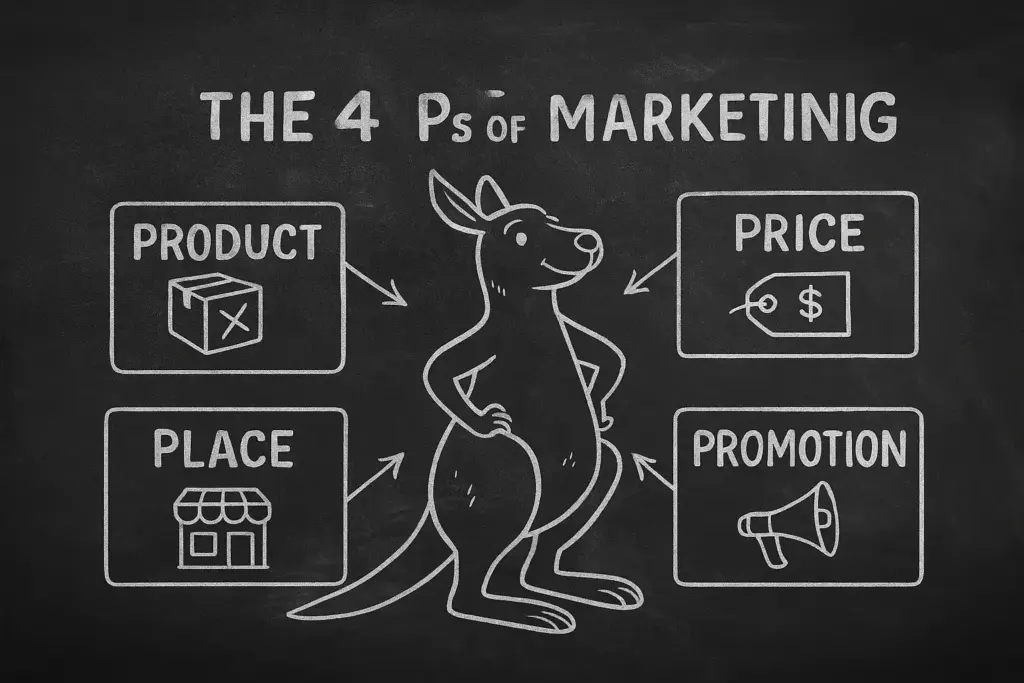
The original marketing mix — known as the 4 Ps — was introduced by Jerome McCarthy in the 1960s and includes:
- Product: What you’re selling
- Price: What it costs
- Place: Where it’s sold
- Promotion: How you advertise it
These fundamentals are still crucial for product-based businesses, including retail, eCommerce, and FMCG sectors. In Australia, they’re frequently used in strategic marketing planning for physical goods.
3. Beyond the Basics: The 7 Ps of Marketing
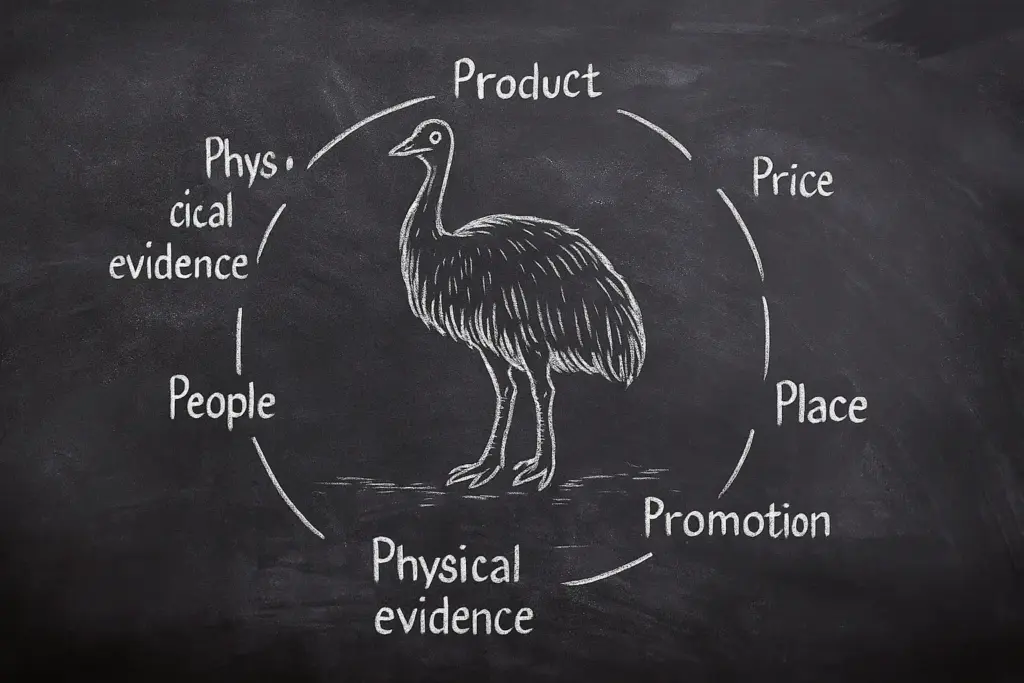
When it comes to services — which make up a huge part of Australia’s economy — the 4 Ps fall short. That’s why marketers expanded the model to include:
- People: Employees and customer service
- Process: How the service is delivered
- Physical Evidence: Tangible cues like signage, uniforms, or packaging
This 7P model is commonly used in hospitality, education, healthcare, and professional services where human interaction and experience matter just as much as the core offer.
4. The Extended List: 8, 9, and 10 Ps
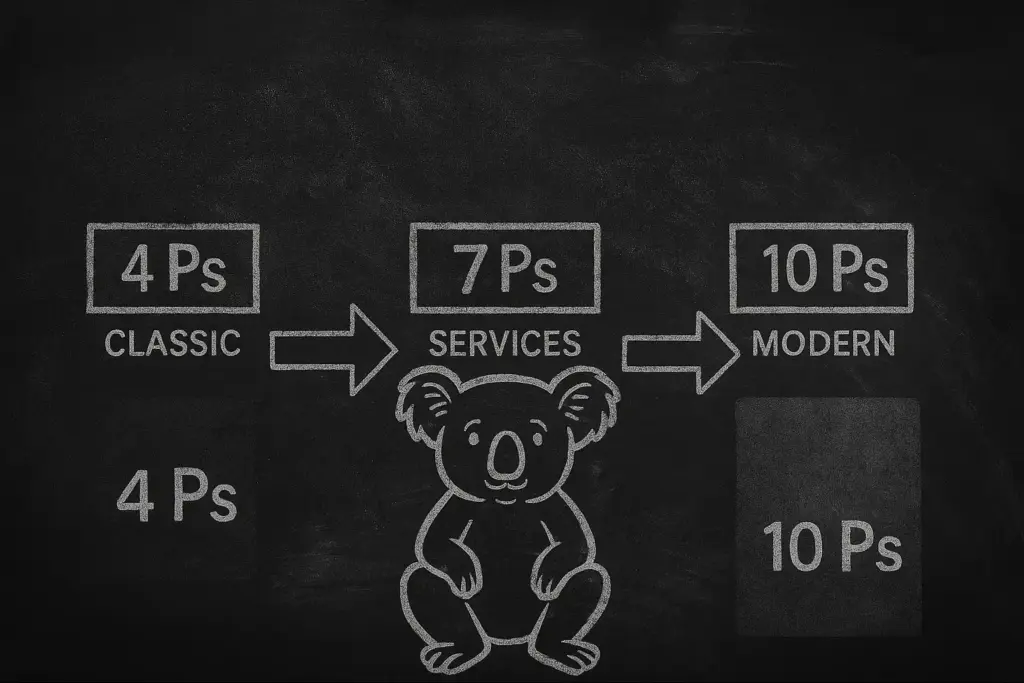
Some marketers — especially in tech and platform-based businesses — argue that even 7 Ps aren’t enough. Here’s how the model has been further extended:
| Model | Additional Ps | Typical Use |
|---|---|---|
| 8P | + Productivity or Performance | Internal efficiency focus, e.g. SaaS |
| 9P | + Personalisation | Data-driven marketing |
| 10P | + Partnership | Collaborative models, B2B ecosystems |
While not as mainstream, these models reflect modern marketing complexity and are especially relevant to large-scale platforms and performance-driven campaigns.
5. 4P vs 7P vs 10P: Which One Should You Use?
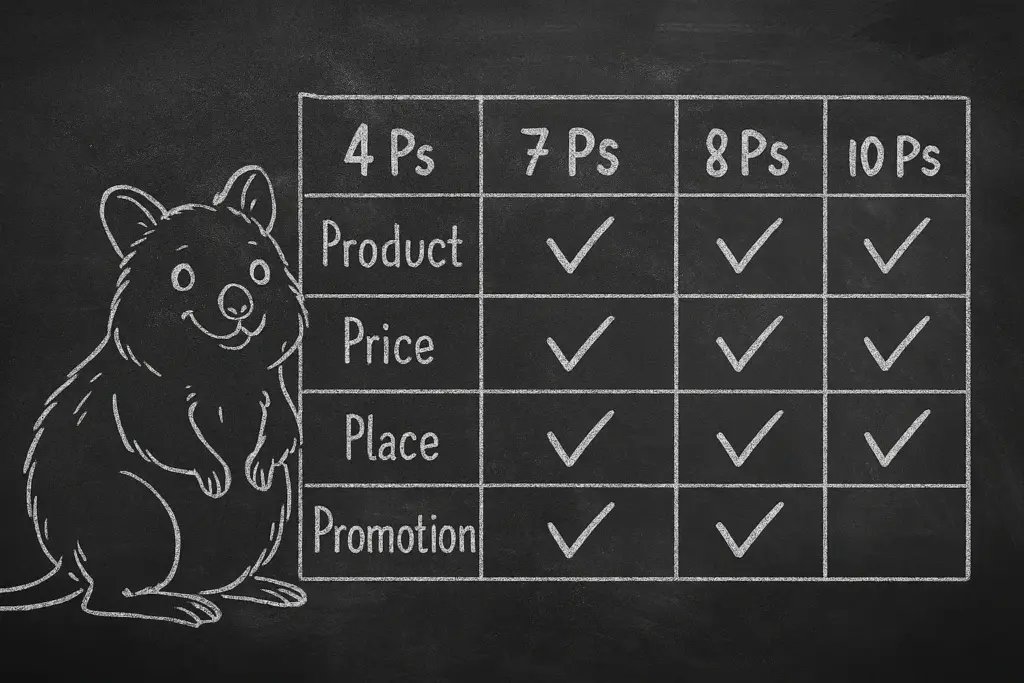
The best model depends on your business type, customer touchpoints, and how complex your delivery or acquisition process is. Here’s a quick comparison:
| Business Type | Recommended Ps Model |
|---|---|
| eCommerce / Retail | 4P |
| Consulting / Education | 7P |
| SaaS / B2B Platforms | 8–10P |
If you’re unsure, start with 4P and expand as needed.
6. Examples of Ps in Action (Australian Context)
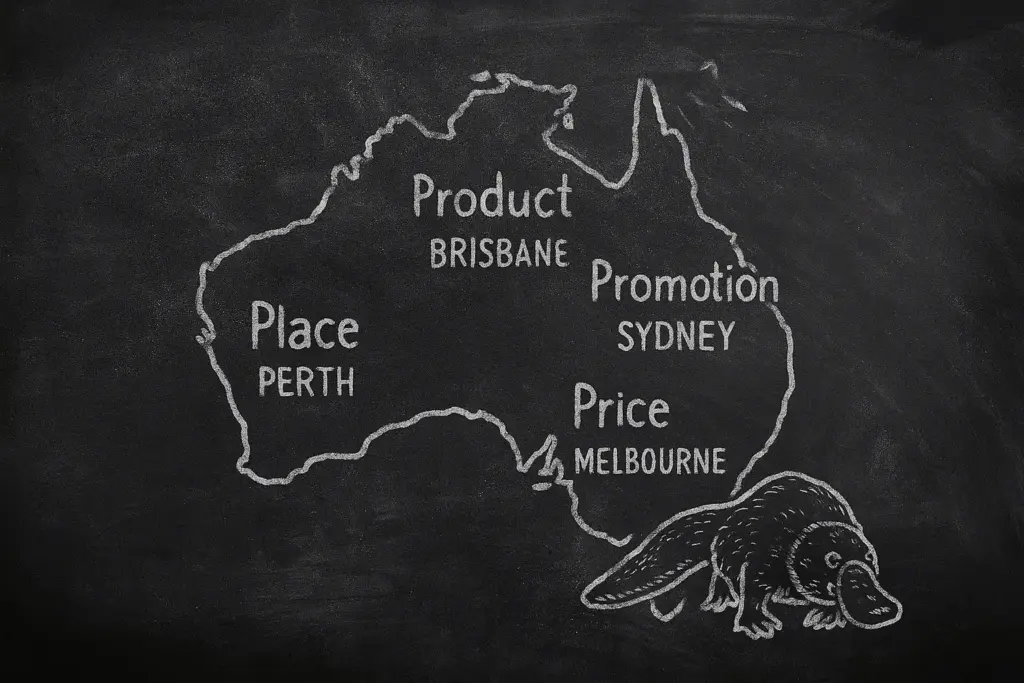
- Local cafe chain — Focus on Product, Price, Place, and Promotion (4P)
- TAFE education provider — Emphasis on People, Process, and Physical Evidence (7P)
- Melbourne-based SaaS startup — Focus on Productivity, Personalisation, and Partnership (9–10P)
Australian businesses tend to adopt broader P-models as they scale and enter competitive service-led sectors.
7. Do You Need More Ps in Your Marketing Strategy?
Here’s how to know if you should move beyond the classic 4 Ps:
- Are you service-based or experience-driven?
- Is customer service a key differentiator?
- Do you use tech or platforms to deliver value?
If you answered “yes” to any of these, the 7P or 10P models could give you more control and clarity in your marketing strategy.
8. Conclusion: The Ps Are Just a Starting Point
Don’t get too caught up in the number of Ps — what’s more important is how you apply them to build trust, value, and differentiation in your market.
If you’re unsure how your marketing mix stacks up, I offer tailored audits and strategy sessions. See more about marketing strategy services.